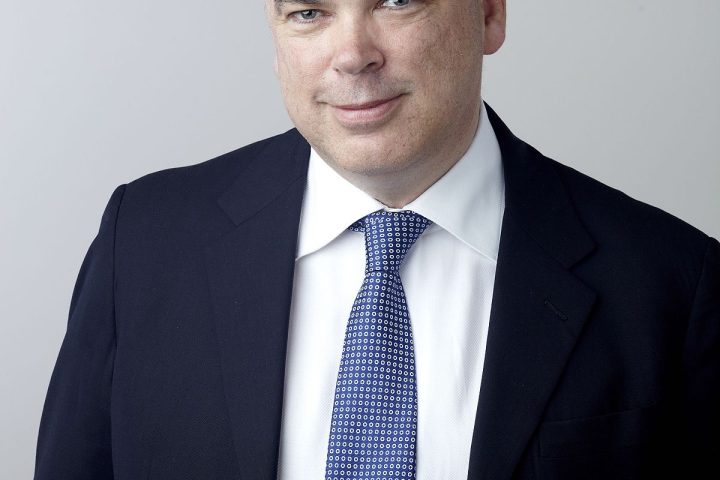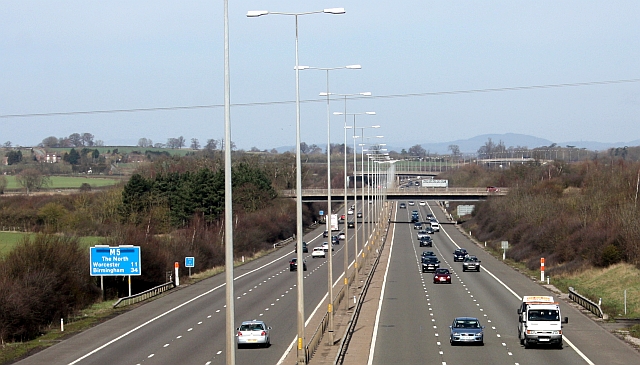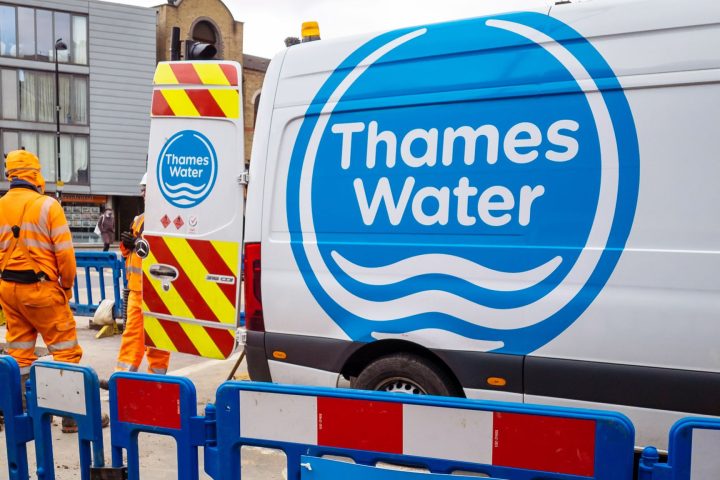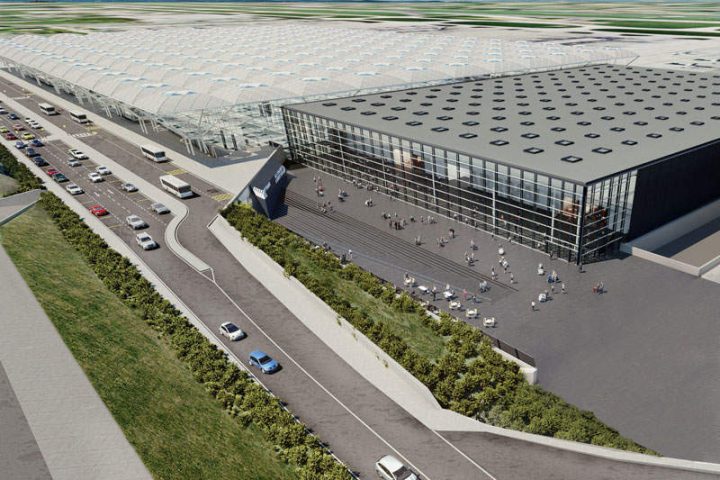The latest updates from the City of London reveal concerns over the UK’s carbon capture strategy, as costs have reportedly doubled to £20 billion, rendering the plan outdated and unrealistic. According to a Carbon Tracker think tank report, the initial £20 billion in taxpayer funding scoped in December last year has more than doubled for deploying carbon capture, usage, and storage (CCUS).
Originally based on recommendations from the Climate Change Committee’s sixth carbon budget in December 2020, the UK government aimed to capture around 20-30 million tonnes of carbon dioxide per year. However, the report indicates a significant reduction in this goal due to the rapid growth of renewables, battery storage, and flexible technologies, resulting in a shift from CCUS towards cleaner and cheaper alternatives.
Criticism is also directed at plans to use CCUS for de-carbonizing steel production and gas-fired power plants, with suggestions to abandon these applications in favour of cleaner alternatives. Specifically, the report highlights concerns over the costly and polluting biomass generation, particularly Drax’s wood-burning biomass plant in North Yorkshire. The Drax conversion project is anticipated to require substantial taxpayer subsidies and could result in electricity prices that are up to three times more expensive than offshore wind power.
Lorenzo Sani, an associate analyst at Carbon Tracker and author of the report, emphasizes the complexity and expense of carbon capture and storage technology, urging the government to reassess its targets and focus on high-value applications such as cement and hydrogen.
These concerns arise amid the government’s unveiling of plans for gas-fired power stations to complement the UK’s renewable energy infrastructure, with potential opportunities for private investors to participate in upgrading existing power station stock or constructing new ones.
How these concerns will be addressed is unknown, but Prolific London will keep you updated as more news breaks.




